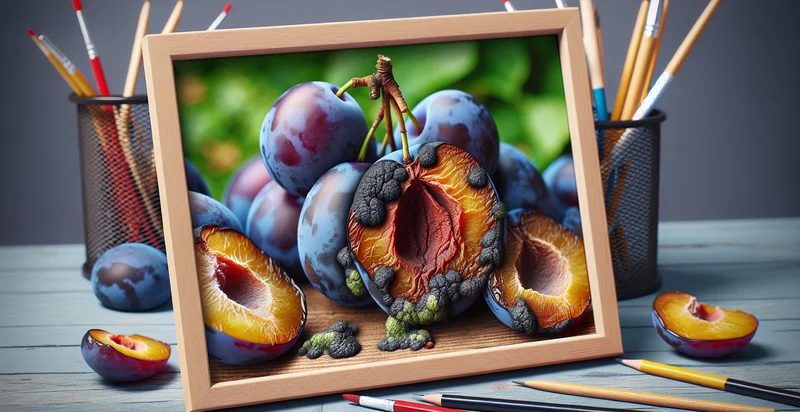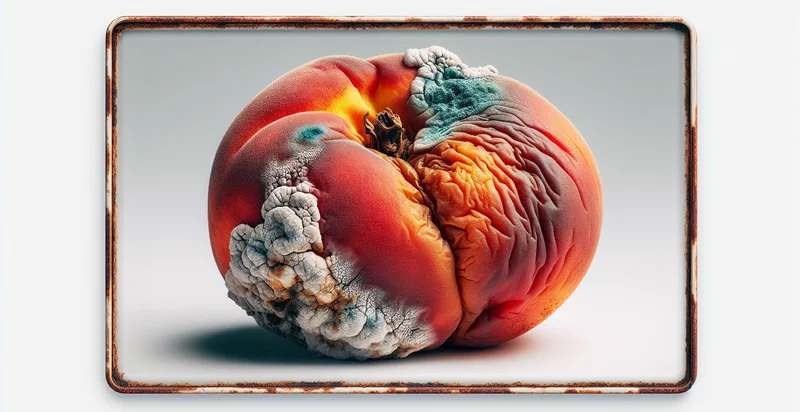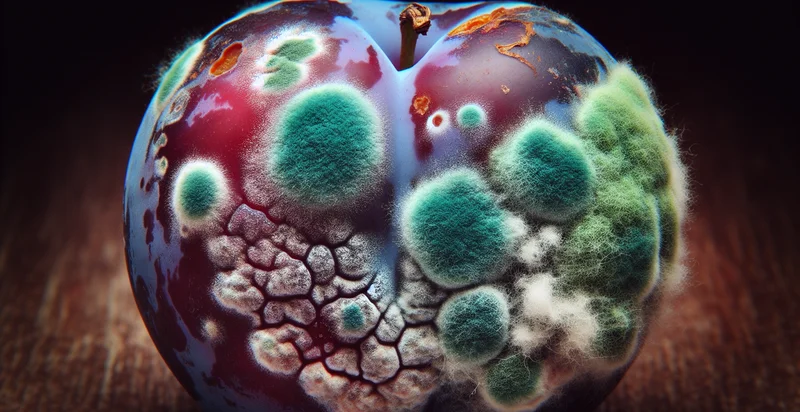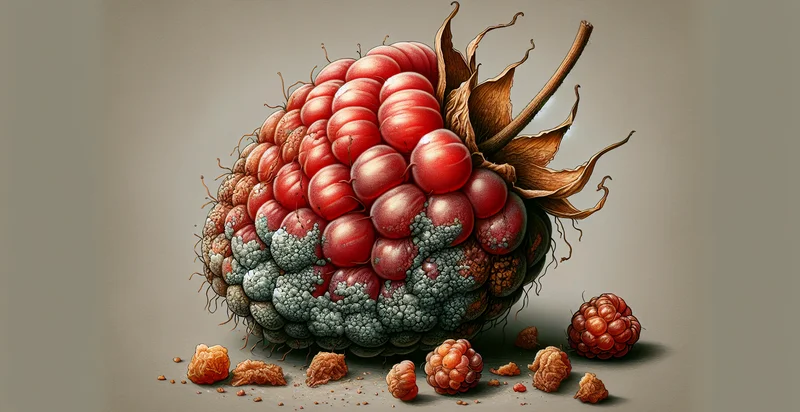Identify if plum is rotten
using AI
Below is a free classifier to identify if plum is rotten. Just upload your image, and our AI will predict if the plum is rotten - in just seconds.

Contact us for API access
Or, use Nyckel to build highly-accurate custom classifiers in just minutes. No PhD required.
Get started
import nyckel
credentials = nyckel.Credentials("YOUR_CLIENT_ID", "YOUR_CLIENT_SECRET")
nyckel.invoke("if-plum-is-rotten", "your_image_url", credentials)
fetch('https://www.nyckel.com/v1/functions/if-plum-is-rotten/invoke', {
method: 'POST',
headers: {
'Authorization': 'Bearer ' + 'YOUR_BEARER_TOKEN',
'Content-Type': 'application/json',
},
body: JSON.stringify(
{"data": "your_image_url"}
)
})
.then(response => response.json())
.then(data => console.log(data));
curl -X POST \
-H "Content-Type: application/json" \
-H "Authorization: Bearer YOUR_BEARER_TOKEN" \
-d '{"data": "your_image_url"}' \
https://www.nyckel.com/v1/functions/if-plum-is-rotten/invoke
How this classifier works
To start, upload your image. Our AI tool will then predict if the plum is rotten.
This pretrained image model uses a Nyckel-created dataset and has 2 labels, including Plum Is Fresh and Plum Is Rotten.
We'll also show a confidence score (the higher the number, the more confident the AI model is around if the plum is rotten).
Whether you're just curious or building if plum is rotten detection into your application, we hope our classifier proves helpful.
Related Classifiers
Need to identify if plum is rotten at scale?
Get API or Zapier access to this classifier for free. It's perfect for:
- Quality Control in Food Processing: This function can be used in food processing plants to automatically sort and reject rotten plums during the packaging phase. By integrating this technology, companies can ensure that only high-quality products reach the consumers, thereby reducing waste and enhancing brand reputation.
- Supermarket Inventory Management: Supermarkets can deploy this image classification system at various points in their supply chain to monitor the freshness of plums on the shelves. By identifying rotten fruits, stores can take prompt action to remove them, ensuring a better shopping experience for customers and minimizing potential health risks.
- Automated Harvesting Equipment: Agricultural businesses can implement this technology in automated harvesting machines to select only ripe and healthy plums during the harvest season. This can improve efficiency and ensure that the produce brought to market is of the highest quality.
- Mobile App for Consumers: A consumer-facing mobile application can utilize this function to help shoppers assess the quality of plums before purchasing. Users can take a quick snapshot of the fruit, and the app will inform them if the plum is rotten, helping them make more informed buying decisions.
- Food Safety Compliance: Restaurants and food service providers can adopt this technology to meet food safety regulations more effectively. By regularly checking the condition of plums in their inventory, they can prevent the use of spoiled ingredients that could pose health risks to customers.
- E-commerce Fruit Delivery Services: Online grocery delivery services can integrate this system to inspect plums prior to dispatch. This ensures that customers receive only fresh and non-rotten fruits, leading to improved customer satisfaction and retention rates.
- Research and Development in Agriculture: Research institutions can use this image classification technology to study the impact of environmental factors on plum rot. By gathering data on rotten and healthy plums, researchers can develop better agricultural practices and pest management strategies to enhance crop yield.


